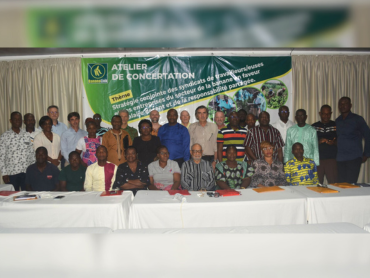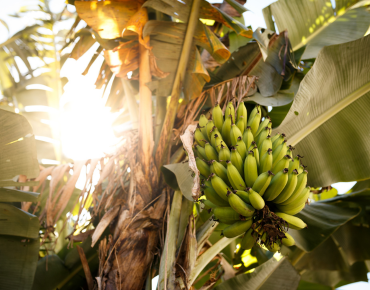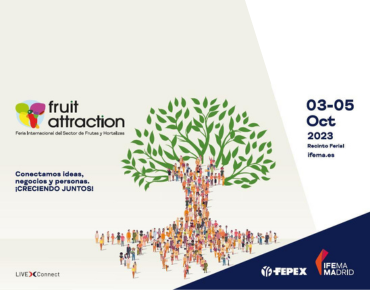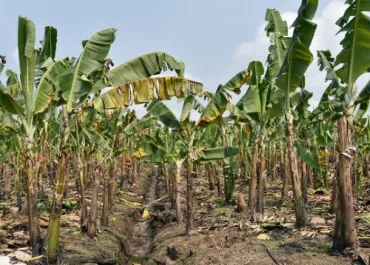
“For bananas sold on the spot market, the situation is difficult.”
5 June 2020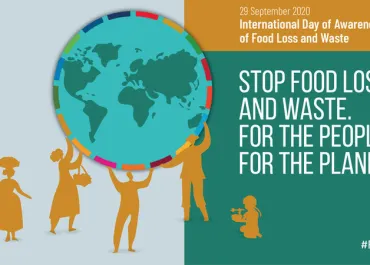
By reducing post-harvest agricultural losses, Africa has the means to improve food security on the continent.
30 August 20203 questions to , Raphael Belmin, researcher at the Centre de coopération internationale en recherche agronomique pour le développement (CIRAD) hosted in Dakar at the Institut Sénégalais de Recherches Agricoles (ISRA)
You are based in Dakar and work on new models of sustainable cultivation. In your opinion, will the Covid-19 pandemic accelerate the transition of African agricultural models towards more sustainable models?
There is no easy answer, we cannot know what the future will look like, but there are signs that this crisis has raised awareness.
African agriculture is globally in a deadlock because it is faced with challenges that are difficult to reconcile: feeding populations in a context of very high population growth, adapting to climate change and fighting against the degradation of basic resources (water, soil, forests…). In this context, the current agricultural model, based on chemical intensification, does not provide a sustainable response. Conventional production systems, even if they appear to be efficient in the short term, are in fact built on fragile foundations due to their dependence on exogenous inputs (fertilizers, pesticides, etc.) and their low resilience to climate change and pests.
Today we need to change our paradigm, change our ways of producing, trading and consuming. This is the diagnosis, but today, while a growing number of actors are mobilising for a different kind of agriculture (NGOs, Think Tanks, producer associations…), the situation is changing with difficulty. We already know the major paths of innovation that need to be built to make agriculture more sustainable. Many solutions are being developed or are already operational, whether in the field of soil fertility, biological control or agroforestry.
However, there are deep-seated barriers to change, even locking phenomena. The latter are linked to the functioning of the sectors, to the advisory systems often dominated by private actors, and finally to public policies that are not systematically favourable to the development of agroecology despite the fact that the discourse is moving in this direction. For example, in Senegal, the government is in favour of the idea of an agro-ecological transition, but national policies do not go far enough in this area: they are limited to reforestation of the territory when the agro-ecological transition calls for much deeper transformations and multisectoral interventions. At the same time, mineral fertilizers continue to be subsidized.
To make African agriculture more sustainable, it is organizing the great unlocking, a real systemic change: changing our ways of producing and disseminating agronomic knowledge, reorganizing territories and introducing a new way of managing natural resources. I am thinking in particular of the issue of water. In the Niayes area in Senegal (a fruit and vegetable producing region), there is strong pressure on water resources, which suggests that agriculture will disappear in the coming decades. It is therefore necessary to rethink the way water is used and shared in a context where there are more and more users.
Coming back to the Covid crisis, I think it stimulates political awareness because it highlights the fragility of production and food systems. It only takes a virus of a few micrometres to shake up the whole system. We have seen in several countries producers who had difficulty selling their crops or livestock products. We have also seen the emergence of risks of soaring agricultural commodity prices similar to the situation in 2008. The Covid crisis has raised political awareness of the need to relocate food systems, to make them less dependent on the outside world and to move towards food sovereignty. But, as explained above, the system is locked in and this is not only due to public policies. We can therefore wonder about the real changes that the health crisis will generate.
I am convinced that the agro-ecological transition, as a political project, can really be an opportunity to build the world after Covid. In countries such as Senegal, civil society, research centres, local authorities and the government are strongly committed to this. In particular, there is a movement called DyTAES (Dynamique pour une transition agroécologique au Sénégal) which emerged in 2019 and which aims to accompany the Senegalese State in the construction of a policy of transition towards agroecology.
In conclusion, all the elements are there to build the world afterwards, but agricultural and food systems are marked by a strong inertia. In the face of this situation, it is to be hoped that the health crisis will be the spark that raises political awareness and gives more means to act in favour of the transition.
What, in your opinion, are the prospects for agro-ecology in Africa?
The agro-ecological transition in sub-Saharan Africa will not necessarily follow the same path as in Europe. We now realize that in the African context, recourse to niche markets that better remunerate ecologically responsible products is not the only alternative. Other levers more suited to the African situation can be activated.
With many CIRAD colleagues, we are betting that agro-ecological cropping systems, if worked well, will become more productive and profitable in the long term than traditional systems because they are more resilient, less dependent on exogenous inputs and with a more regular and spatially concentrated production. Several field experiments, conducted by NGOs or research centres, have, for example, shown that products derived from agro-ecology are better preserved. However, conservation quality is an important factor of competitiveness because there are many losses in the value chains on the African continent. Producers who switch to agro-ecology realise that they have an advantage over other so-called conventional producers: their products are better preserved and are favoured by buyers. So on the one hand, even if there is no extra price attributed to agroecological products, producers sell their stocks more easily and have less risk that their product will spoil before being sold and thus be lost.
But to succeed in the field of agroecology, researchers need to rethink the way they design new systems. Many failures in agro-ecological transition projects are related to the fact that techniques are tested separately from each other. On the contrary, it is necessary to design integrated, intelligent cropping systems, using all possible levers: varietal, soil fertility, biological control, physical crop protection, natural pesticides, association between several crops in space, rotations, reintroduction of trees in plots, crop/livestock integration, etc. Research institutes must continue to work on these systems so that, without even having a niche market, producers switch to agroecology without taking too many risks.
In order to make the agro-ecological transition a success, it is also essential that states reinvest in agricultural advisory services. In Kenya, for example, advice is organized by seed companies in competition with each other and often structured on an international scale. They are deployed in the country by organizing distribution networks that cover the territory in an extremely fine-grained manner. Through “agrovet” (the name of the input distribution shops), each producer has access to a range of chemical pesticides and advice on their use. The Kenyan state seems passive because this system allows production to be maintained in the short term. But this does not take into account the impasse into which this agricultural model leads farmers (resistance phenomena, increasingly low efficiency…).
Do the emergence of modern agricultural tools and the increasing optimization of agricultural data now make it possible to provide real support to West African farmers? How can they be made more appropriate for African farmers?
Agricultural data” is a word suitcase in which you can put a lot of different things. What is certain is that it is the dominant innovation channel at the moment. CIRAD is heavily involved. For example, some of my colleagues are developing tools to estimate the yield of mangoes and other fruit trees from photographs taken in orchards, by drone and satellite. This is just one example among many.
My concern is who will benefit from the agricultural data? This question arises for Africa because agriculture is deeply dual. On the one hand, there is family farming, which is extremely dominant in terms of surface area and population concerned; on the other hand, there is agribusiness, a highly capitalized form of agriculture governed by investors. I see a risk that agricultural data will only be used for agribusiness, because this market is more profitable for companies that develop tools based on agricultural data. However, there are examples of tools directly addressed to family farming. For example, Climate Information Systems (CIS) use weather models to send SMS or voice messages to small producers to warn them of the arrival of rain or drought. Producers use this information to plan their planting dates. It is a remarkable tool for adaptation to climate change as these countries are highly impacted by climate variability and extreme events. In Senegal in particular, irregular rainfall is a major problem affecting farmers on a daily basis. With this type of tool, they see the level of uncertainty decrease. CIS are examples of good practices in the use of agricultural data for African producers.


